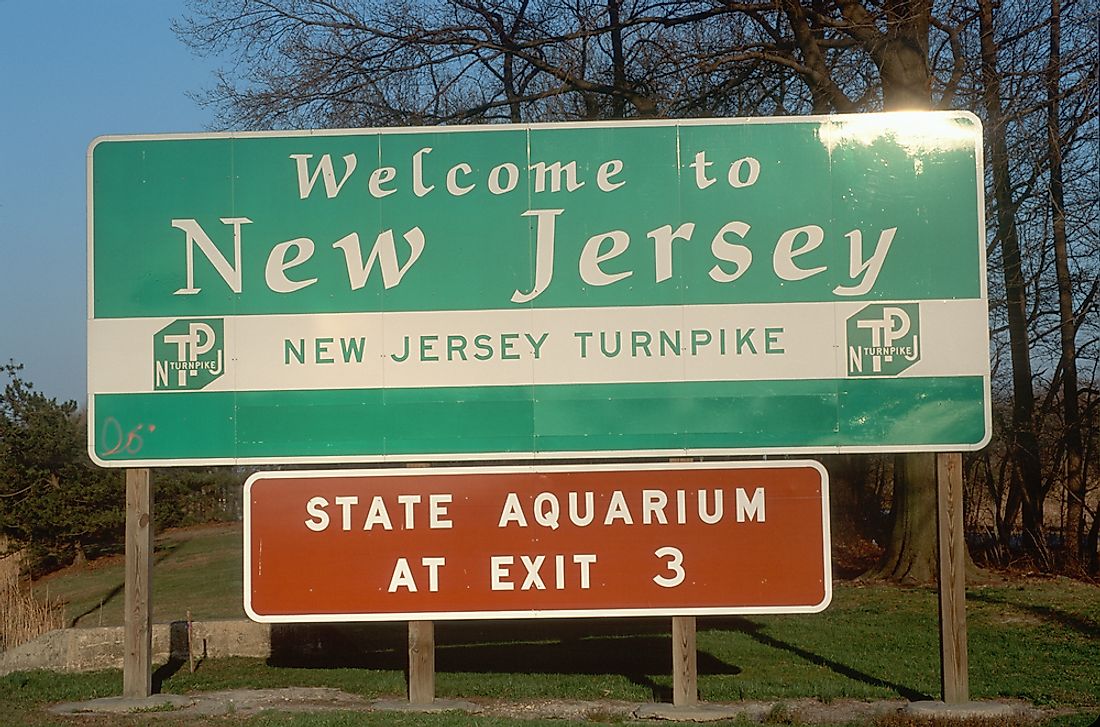Where Did New Jersey Get Its Name From?

New Jersey is one of the states in North America located in the Mid-Atlantic region of Northeastern USA. It is among the smallest states by area but the most densely populated and the 11th most populous state with an estimated population of 9 million residents. Its history dates back to the Ice Age period when Native Americans arrived and settled in the land along the coastline of the Atlantic Ocean. New Jersey is an aggressive industrial state whose industrial development commenced in 1791 after Alexander Hamilton set up an industrial town along the Great Falls of the Passaic River.
History of New Jersey
It is believed that over 100 million years ago, during the Jurassic Period, New Jersey adjoined North Africa. The collision of the African and the North American plate forming the Appalachian Mountains whose surrounding regions were covered in glacier. During the Ice Age period, the glaciers that had formed in present-day New Jersey melted leaving behind rich fertile land surrounded by Lake Passaic, rivers, swamps, and gorges. The earliest settlers in the land were the Lenape group that referred to the region as Scheyichbi. The autonomous Lenape group was divided into three distinct clans according to their female ancestors. The clans were further subdivided into three phratries recognized by their animal symbols of either a turkey, turtle or wolf. They practiced hunting and gathering before diversifying into agriculture to supplement their food choices. Agriculture was practiced on the lands surrounding the Delaware River, the lower Hudson River, and western Long Island Sound since they were fertile and close to water sources.
In the 17th century, the Dutch started trading fur with the Native Americans and began to acquiring land in accordance with the policy set by the Dutch West India Company. The first person to implement the policy that was nonexistent among the Lenape was Pauw Michiel who established patronageof the areas surrounding the North River and Peter Minuit who acquired the land along the Delaware River and established the New Sweden colony. On June 26, 1664, an English troop led by Colonel Richard sailed through present-day New York Harbor annexing the entire province from Fort Amsterdam.
Renaming of New Jersey
During the English Civil War, the Channel Island of Jersey was retained as the Royal British Crown hosting the King’s sanctuary. It was also from the St. Helier Royal Square that Charles II of England was crowned as King after his father’s assassination in 1649. Upon assuming power, King Charles II divided the lands of North America giving his brother James, the Duke of New York, the region between New England and Maryland as a proprietary colony. Later, James awarded the royal charter to his royal friends Sir George Carteret and Lord Berkeley of Stratton giving them the colony between the Delaware River and Hudson River naming it the Island of Jersey. Later, James renamed the Island of Jersey as New Jersey in honor of Carteret, who had been the Governor of Jersey, a British island in the English Channel. In 1787, New Jersey became the third state to ratify the US constitution and in 1789, it ratified the Bill of Rights.











